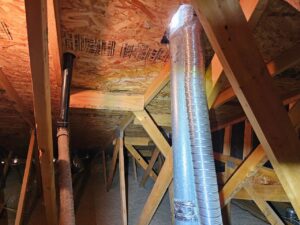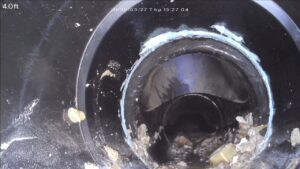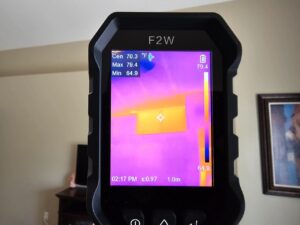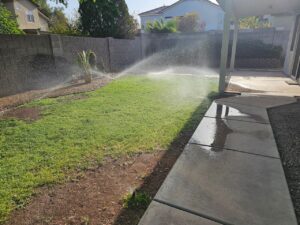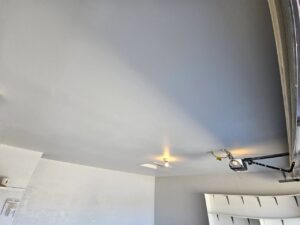When you move into a new home—whether it’s brand new or has a few years under its belt—one of the most important safety systems you should get familiar with is your smoke and carbon monoxide (CO) detection system. These devices save lives every single day, but only if they’re working properly and installed in the right places. Let’s go over the different types, how they work, how to maintain them, and what to expect in homes across Arizona.
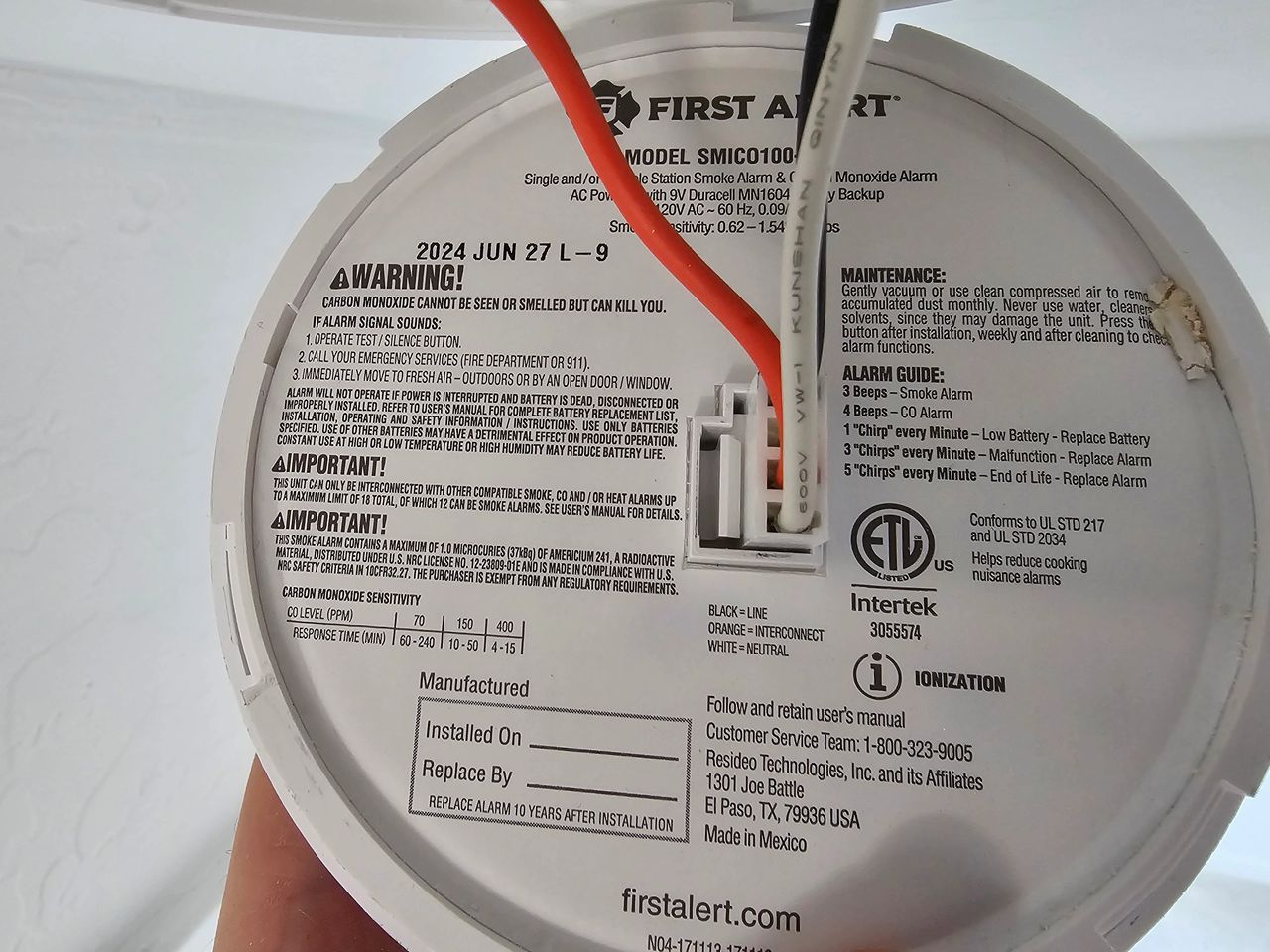
There are two main types of smoke detectors found in residential homes:
Ionization Smoke Detectors
These are best at detecting fast-flaming fires, like a kitchen grease fire. They react quickly to smaller combustion particles.
Photoelectric Smoke Detectors
These are better at sensing slow, smoldering fires—like when a cigarette is burning on a couch.
Many modern detectors are dual-sensor units, combining both types for better coverage. If your home doesn’t have dual-sensor units, it’s smart to add a mix of both.
CO detectors are designed to alert you to the presence of carbon monoxide gas—a colorless, odorless, and potentially deadly gas that can come from furnaces, water heaters, gas stoves, fireplaces, or attached garages. In Arizona, even though we don’t use furnaces as much as colder states, homes with gas appliances or attached garages absolutely need CO detectors.
You’ll typically find one of these setups:
Battery-Only Units – Common in older homes or as secondary units. These are easier to install but rely solely on battery power.
Hardwired Units – Required in newer homes. These are wired into your home’s electrical system and usually have battery backups in case of a power outage.
Interconnected Systems – In many modern homes, when one detector goes off, they all sound. This gives you better warning no matter where the danger starts.
Where Should Smoke and CO Detectors Be Installed?
The National Fire Protection Association (NFPA) and local codes typically recommend:
Smoke Detectors:
Inside every bedroom
Outside each sleeping area (like hallways)
On every level of the home, including basements
Near stairways and in living areas
CO Detectors:
Outside all sleeping areas
On every level of the home
Near attached garages, gas appliances, or fireplaces
If your home is missing any of these, it’s worth installing more—especially if you’re doing upgrades.

To make sure your detectors are ready when you need them, here’s a simple routine:
Test Monthly – Press the test button on each unit to make sure it sounds.
Replace Batteries Twice a Year – A good habit is to change them when you change your clocks for daylight savings.
Clean Every 6 Months – Gently vacuum the outside of the detector to remove dust and cobwebs that can interfere with sensors.
Replace Every 10 Years (Smoke) / 5-7 Years (CO) – Detectors don’t last forever. Check the manufacture date printed on the back of the unit.
Technology has come a long way. You can now get smart detectors that:
Connect to your phone for remote alerts
Combine smoke, CO, and even natural gas detection
Send low-battery warnings as notifications rather than chirps at 3 a.m.
If you’re upgrading or building new, smart detectors are a great investment.
Whether your Arizona home is brand new in a subdivision or a cozy mid-century ranch in the desert, keeping your smoke and CO detectors up to date is one of the easiest ways to protect your family. If your inspection report called out missing, expired, or non-functional alarms, don’t ignore it—this is an easy DIY fix or a quick job for a handyman or electrician.
And remember: detectors are a system, not just a box on the wall. Placement, type, and maintenance all matter.
Stay safe and breathe easy – your home’s first line of defense is only as strong as the care you give it. Stay safe and enjoy your new home!

About the Author
Hi, I’m Home Inspector Dan — owner of Property Inspections Plus and a Certified Master Inspector based in Gilbert, Arizona. With years of experience inspecting homes across the Valley, I specialize in helping buyers, sellers, and investors make informed decisions with confidence. Whether you’re purchasing your first home or evaluating an investment property, I provide thorough, honest, and easy-to-understand inspections — including sewer camera scans, mold inspections, infrared imaging, and termite inspections.
📍 Serving Gilbert, Chandler, Mesa, Tempe, and the greater Phoenix area
📞 Call or Text: (623) 399-0079
📧 Email: homeinspectordanaz@gmail.com
🌐 Website: www.propertyinspectionsplus.com
Let me know how I can help you. You deserve peace of mind when buying a home — and I’m here to deliver it.
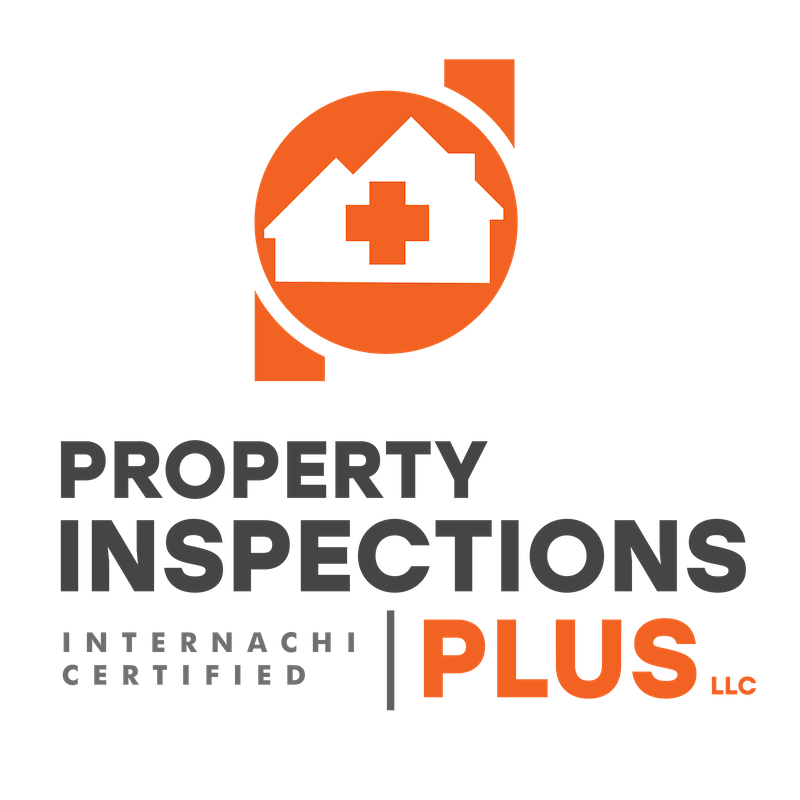
 Hi, I’m Home Inspector Dan — owner of Property Inspections Plus and a
Hi, I’m Home Inspector Dan — owner of Property Inspections Plus and a 